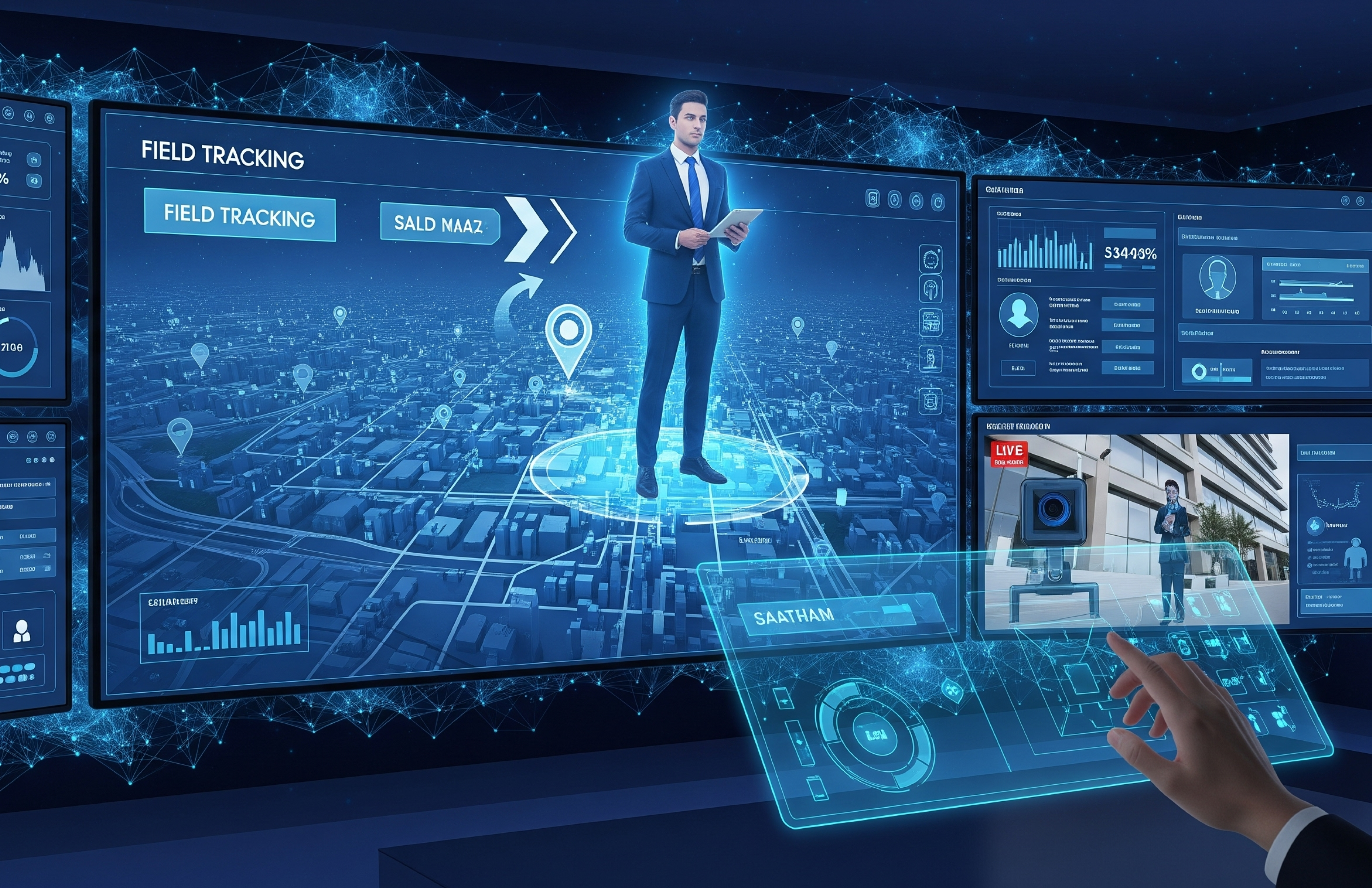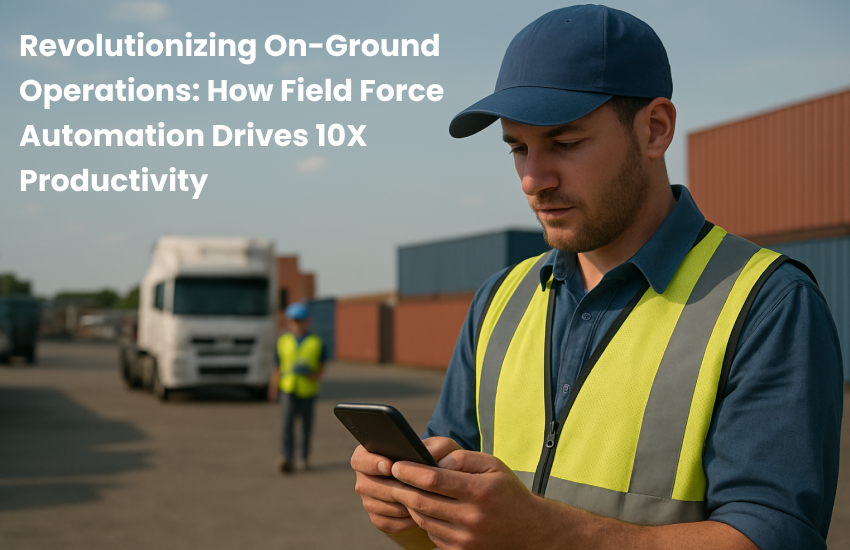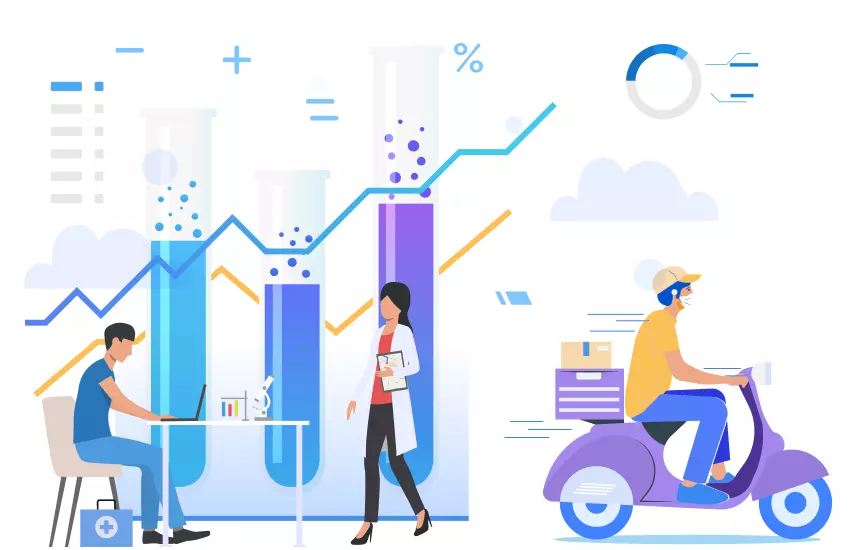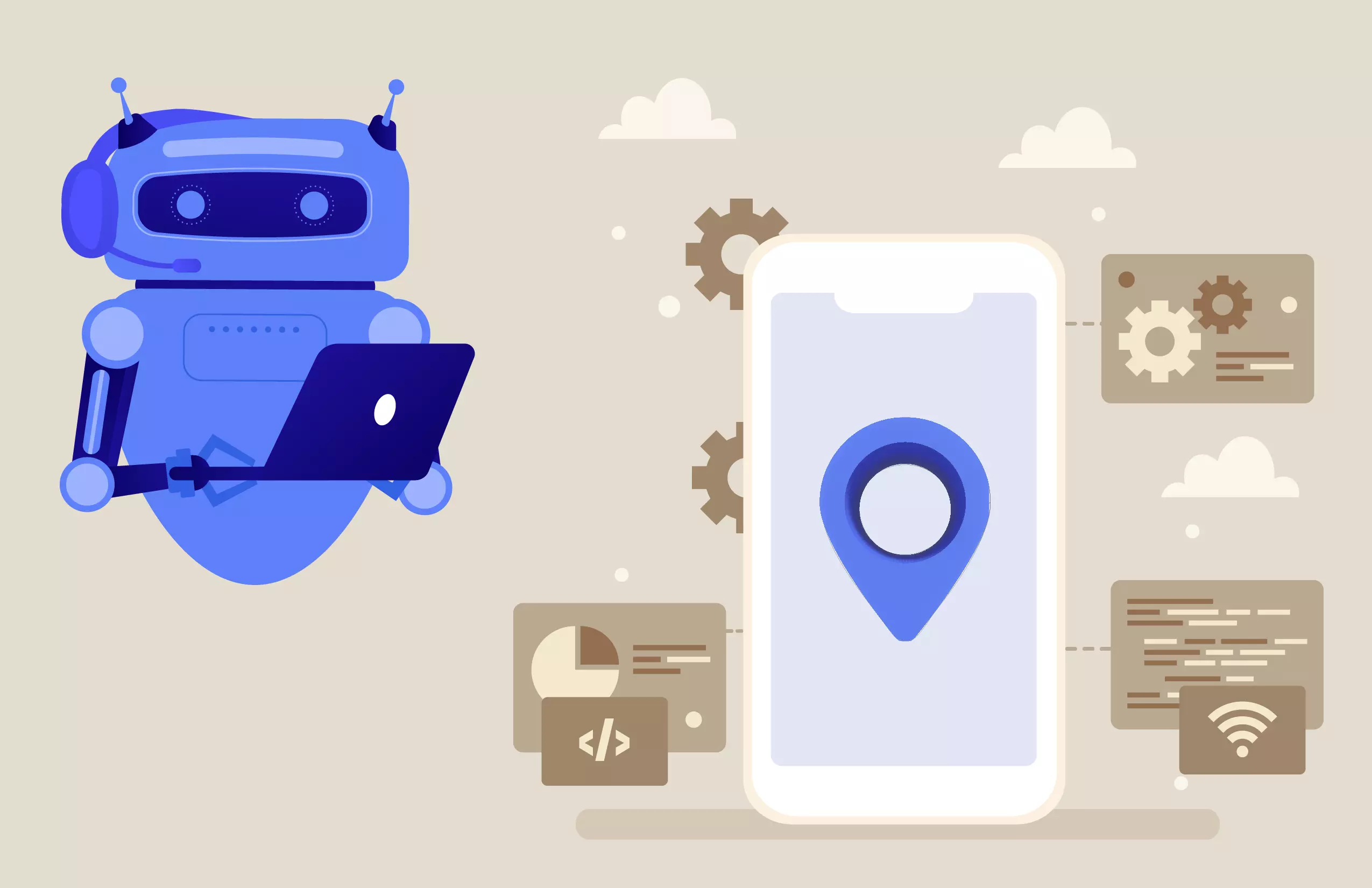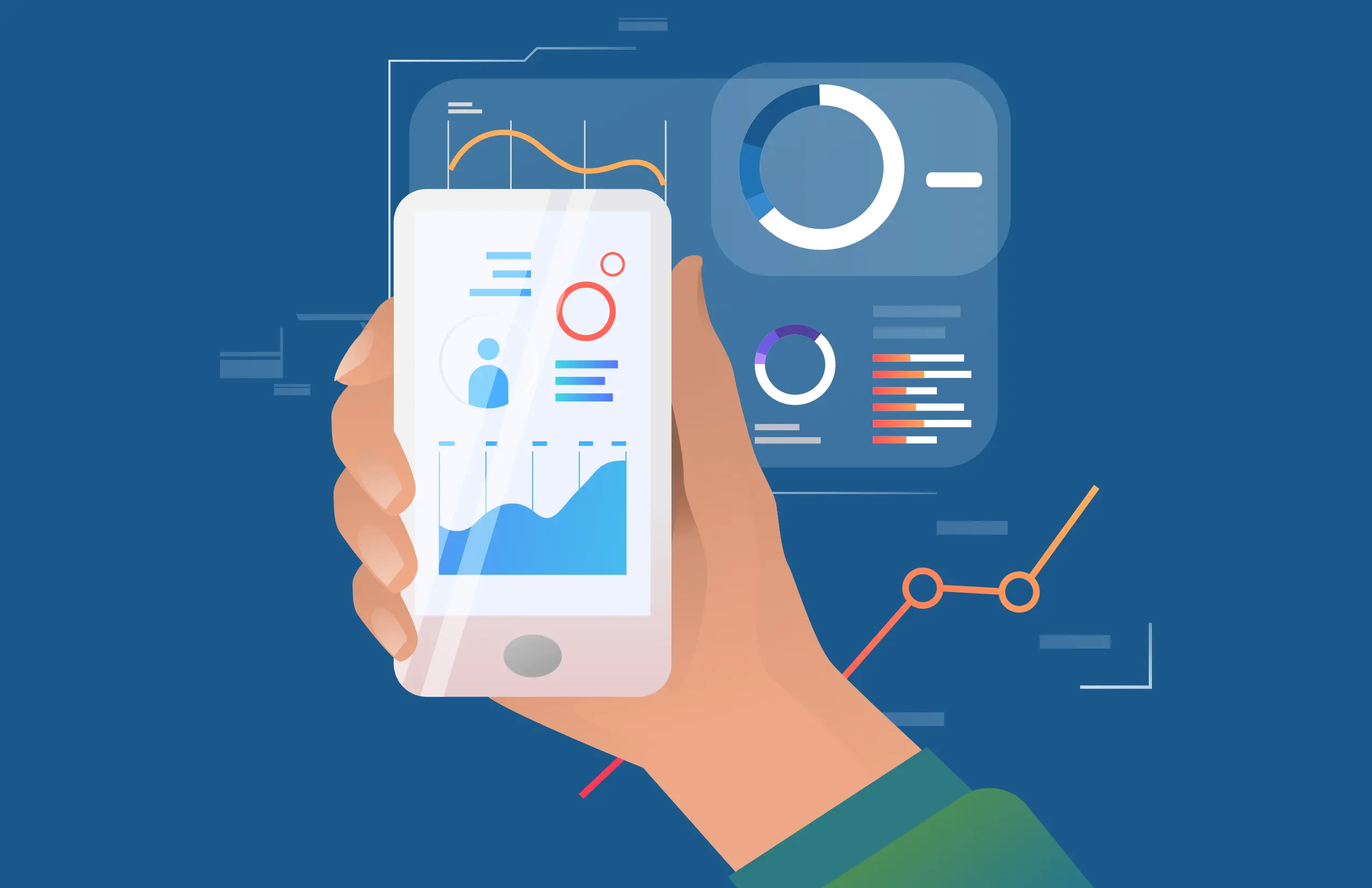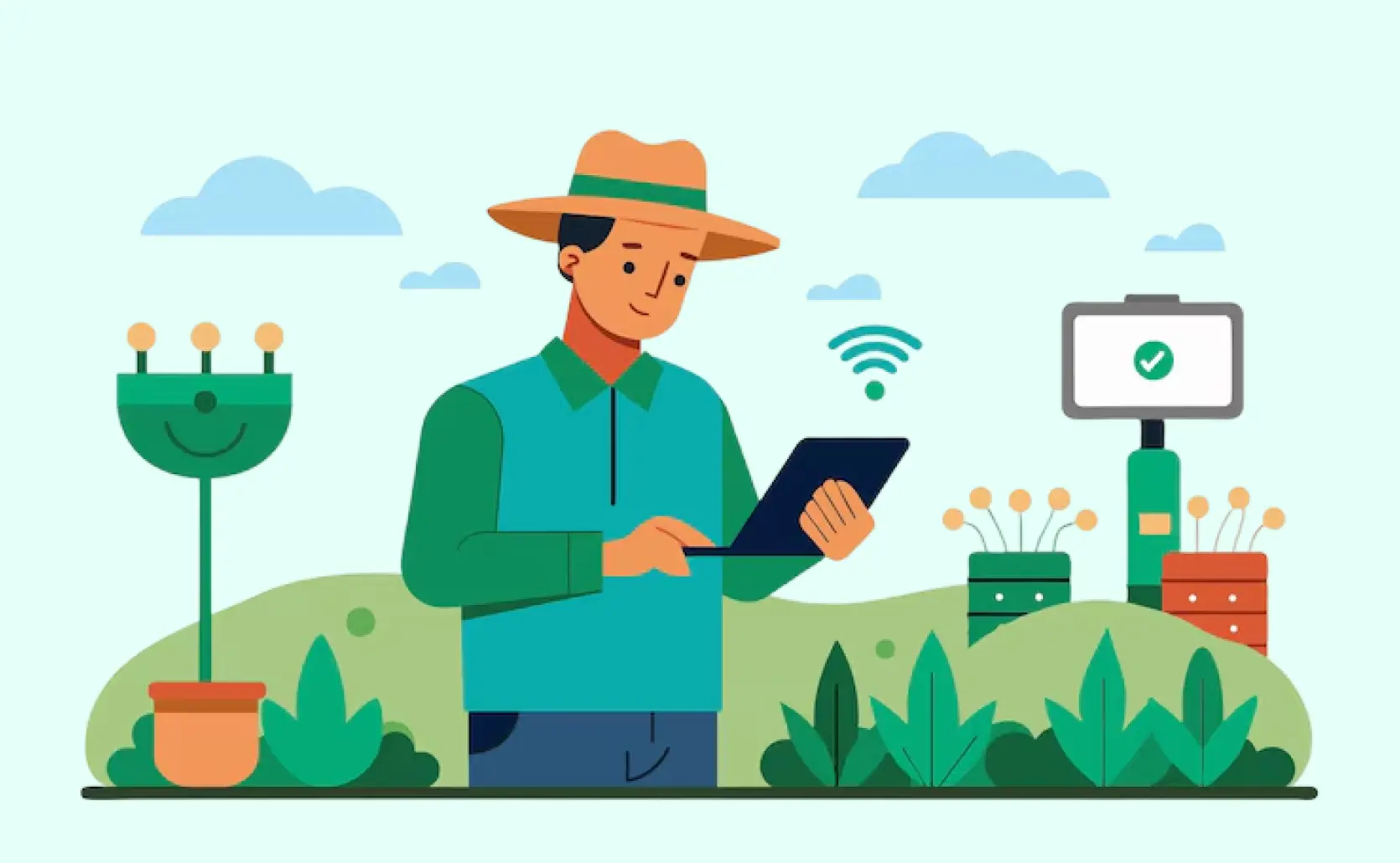
Agri Field Work Gets Smart: How Tech is Reaching Farmers
Table of Contents
In 2050, the world’s population is expected to increase by 33% to nearly 10 billion people whereas agriculture is their lifeblood. Approximately 40% of the planet’s land area is used for agriculture. With 1.3 billion workers worldwide, it has half of the labor pool. Even though the percentage of jobs created by agriculture varies greatly, it continues to be the second largest employer globally, after the services sector.
Farmers’ challenges in agricultural field
Globally, around one-third of the food produced is produced by the 500 million smallholder farming households. During cultivation, these farmers deal with several difficulties, such as finding high-quality seeds and selling their produce fairly. Frequently, they lack the necessary knowledge and abilities to increase productivity and reduce losses. Because of this, empowering and assisting them is both necessary and difficult.
Companies that provide agricultural inputs are more crucial to a crop cycle’s success as farmers. Whether they are supplying nutrients to the soil, safeguarding crops from pests and diseases, or processing crops after harvest, agri-input businesses are essential to raising productivity.
However, farmers’ access to agri-inputs also depends on their precise knowledge of factors like the type of cultivable land, weather, moisture content, the chemistry between soil and agri-input resources, etc., which are essential to choosing the best crop to grow. In order to facilitate effective precision farming methods, the difficulty is not only comprehending the practical aspects of cultivation but also properly communicating the information to the agricultural community in real time.
What is smart farming?
The integration of information and communication technology with agricultural production systems’ machinery, equipment, and sensors is known as smart farming. By bringing more robotics and artificial intelligence to farming, technologies like cloud computing and the Internet of Things are elevating this trend.
Farmers may receive real-time information about the state of nearly everything involved in their daily activities, for instance, using smartphones and tablets:
The Food and Agriculture Organization of the United Nations declares that smart farming is essential to agriculture’s future. It has the potential to significantly improve both the quantity and quality of agricultural goods. Additionally, it can help increase the effectiveness of fertilizers and pesticides in lesser quantities, improving and safeguarding agricultural products.
Digitalization is the future of agriculture with innovative techniques
Farm digitization is gaining traction in the agriculture industry and has accelerated to satisfy population growth. Agriculture’s digitalization has become essential for facilitating cooperation between farmers and other stakeholders to guarantee a productive growing cycle.
Climate condition monitoring
Weather stations are perhaps the most widely used smart agriculture devices, integrating multiple smart farming sensors. They are situated on the other side of the field and gather different types of environmental data before sending it to the cloud. Mapping the climate, selecting the right crops, and taking the necessary steps to increase their capacity (i.e. precision farming) may all be done using the measurements that are provided.
Agricultural drones
Using agricultural drones for smart farming is arguably one of the most promising agritech innovations. Commonly referred to as unmanned aerial vehicles, or UAVs, drones are more capable of gathering agricultural data than satellites and airplanes. In addition to their surveillance capabilities, drones may carry out a wide range of operations that traditionally needed human labor, such as crop monitoring, pest and disease control, agricultural spraying, and crop planting.
Reducing human labor
Without utilizing technology, a farmer’s capabilities in the field are limited. Agriculture, like every other area of the modern economy, is fiercely competitive and does not tolerate those who fall behind.
Automated feeders and robotic milking equipment are already used in livestock barns, allowing for a reduction in human work while simultaneously boosting farm efficiency. Crop and livestock management that is automated and networked can help farms of all sizes become more competitive, produce better products, and operate in more favorable settings.
AI is currently driving innovations in almost every industry, including agriculture. The market for AI in agriculture was valued at $1.44 billion in 2022 and was projected to reach $11.96 billion by 2032, according to Polaris Market data.
How agriculture farmers benefit from technology
A lot of cloud platforms with their full-stack solutions offer data that has been collected over several years and help agriculture stakeholders increase crop productivity and quality by using predictive intelligence to support smart farming. The entire cultivation cycle is digitalized, and business intelligence is used to improve agricultural operations.
Smarter agriculture solutions meet the needs of the agriculture industry by providing real-time reporting, analysis, interpretation, and insight that current agricultural technology demands. Agriculture is becoming more automated as a result of agricultural digitization while using fewer resources.
The world’s population is constantly growing, and resources are becoming scarcer. These issues necessitate sustainable development across the board. Because it empowers and strengthens Agri and the resources in the agri-ecosystem, it makes agriculture more sustainable. Giving companies access to actionable analytics and empowering farmers with alerts and advice is made possible.
Farm financial and field operations are managed via cloud software such as Lystloc which is based on Software as a System (SaaS). Farmers who manually maintain their data on paper are at risk of human computation errors. In order to manage financial data, farmers were given access to computer spreadsheets with emerging technologies.
Meanwhile, farming was able to track field zones because of satellite imaging. This technology-enhanced farming made it difficult for farmers to keep their financial records and constantly monitored data. The technological advancements led to the development of SaaS, one of the most effective platforms for managing satellite imagery and data analytics in smarter agriculture solutions. All actions from farm to fork are managed by this system, which also gathers and analyzes data.
The contribution to modern technology in agriculture is supporting international farmers by providing innovative technologies, 100% data security, and IoT-based agricultural systems.
The digitization of operations has many benefits for agri-input companies. They are able to boost farmer participation, communicate alerts and data-driven insights, and offer customized value-added services. This interaction gradually develops into farmer loyalty. It is possible to register demo plots and record farm operations digitally. Utilizing information gathered from farmers at events can help you interact with them and increase brand recall.
